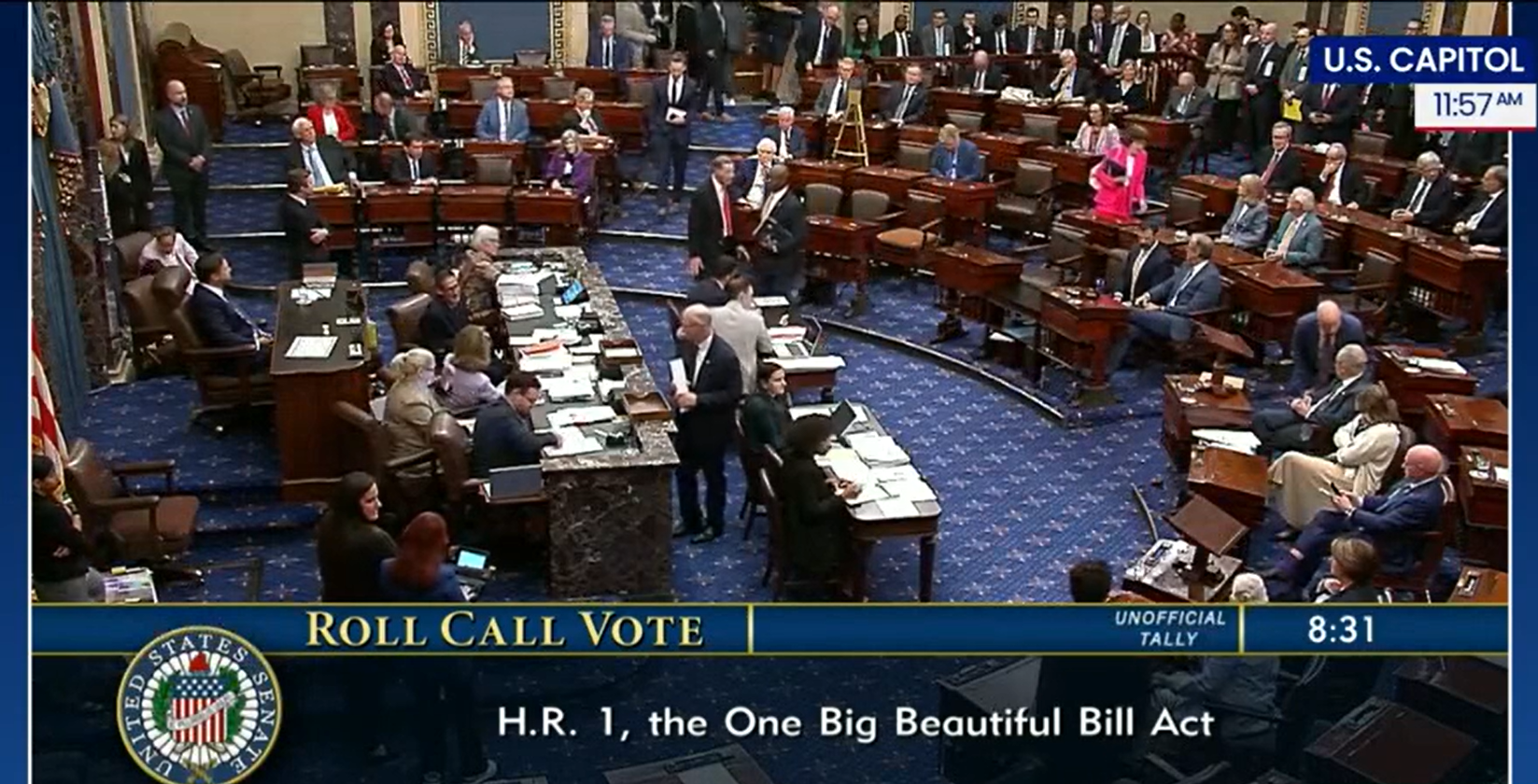Strategies for Finding & Keeping Your Direct Support Workforce
Share this pageThe ever-present dialogue in our field throughout the last several years has been the need for increased wages for direct support professionals (DSPs), and the ongoing workforce crisis. Our industry prides itself on providing high quality services for people with intellectual and developmental disabilities (I/DD). However, this continues to become more and more difficult as we all struggle to find the staff we need. Moreover, due to stagnant wages, the struggle to keep the employees who want to stay continues to haunt provider agencies. Many of our DSPs are forced to abandon the job they love for one that will pay the bills.
Recruiting
When recruiting staff, it is important to start at the beginning. One of the most effective tools we have to find staff is new hire referrals. We offer this as a way for current staff to win twice by referring a staff they respect and would love to work with, as well as earn a bonus for their efforts. It’s a win-win! As an agency, we get a higher-quality recruit, and staff earn a little extra cash. In addition to referrals, consider the non-traditional workforce available to you. Do you have part-time positions for stay-at-home parents, or retirees who want something to do for a few hours a day or a few days a week? Consider these candidate pools in your recruitment efforts.
It’s also important to consider the long-game, which requires that we work to build relationships and talk about our profession. Talk about the wins, the struggles and the rewards, both with your current team members and potential team members. You’ll be surprised at how many people have connections to people with disabilities but have never considered working in our field.
When engaging potential team members, add as much ease into the process as you can. Provide detailed information on your website about where to find open positions (if you d’t post them on your website), how to apply, and the recruiter’s name, email, and phone number to personalize the application process. Many job posting websites offer the ability to build your own career page as well. Take advantage of any and all opportunities to get your name out there. Expand where you post your positions and pay attention to where your applicants are coming from. Play around with your job posting — tweak the language to make it exciting. Post the same old ad every time and it will quickly get overlooked.
Interviewing
So, you have a potential new employee…now what? Spend a few minutes explaining the position, confirming that their background matches the requirements, and that they are comfortable with the starting pay. Once an interview is set, send them a confirmation email with the date, time and location of the interview. Don’t forget to mention how much fun it is to work at your company, along with your mission statement. This starts to build their connection with you early on.
Make sure the applicant is greeted upon arrival for their interview, and don’t keep them waiting. During the interview, talk about all the great things your company and staff do. Go over the job description and the benefits package. At the end of the interview time, schedule a time for them to meet their potential supervisor, co-workers, and people they will be supporting. This is a great time for them to ask any job specific questions and to see where they will be spending their work day. The second interview should include at least 30 minutes of observation time where the applicant meets future co-workers and people served, and can ask questions about the position. (It is important to train your staff on interview do’s and don’ts before you do this! You want this to be a positive–and legal–experience!) Hiring the right person for the right job will decrease turnover and vacancy rates.
Follow up by phone call or email after the second interview. Answer any additional questions the applicant may have. Let them know what are the final interview steps and when they can expect to hear back from you. And, as a reminder, keep the process moving so you don’t lose a great employee, even if that means simply keeping the applicant apprised of barriers that might slow down the hiring process, such as a key decision-maker being out of the office for an extended period of time.
No matter how many open positions you have, it is important to make the right hiring decision. Spend time to make sure you are selecting an employee who met both the needs of those being supported, but also the employer’s needs. And act quickly: we have a lot of competition, and you don’t want someone else to hire your perfect candidate before you have the chance to make them an offer.
Welcoming Team Members
Once your candidate has accepted the position, it’s your time to shine and help them see they made a great decision by coming to work for your organization. Send your new team member an email welcoming them to your company, along with letting them know where and when to show up on their first day and what to bring with them.
Onboarding is next, and it’s one of the most important steps in the process. Continue to discuss how your new team member’s role ties into the company mission. Describe what their next few days/weeks will look like. Encourage them to ask questions. Hand out some company swag to make them feel welcome.
The onboarding process is your best opportunity to build your new team member’s affinity for the organization and its mission, but onboarding doesn’t simply end at the end of week two. Consider developing a peer mentorship program which is a great way to elevate existing staff’s the level of responsibility while providing the new hire with a go-to person as they get their bearings. Ensure supervisors and peer mentors are doing frequent check-ins to ensure new staff are feeling supported and getting their questions answered.
Recognition & Support
DSPs want to be trusted and should be given the tools they need to do their jobs well. They want to be recognized for their hard work and their contributions. They want the opportunity to learn and grow, but that doesn’t always mean they expect to grow outside or beyond the role they were initially hired to perform. Not everyone wants to be a manager. Keep open lines of communication. Direct care staff are prone to burnout, so it is important to provide the work/life balance they want and need. Be flexible with schedules when you can. Listen to your employees and use that information to finetune your benefits offerings. Strategically reward your employees by asking what they like. Ask staff about their perception of the job versus what the job is so you can refine your messaging for future applicants.
At TSE, Inc., we participate in Direct Support Professional Recognition Week each September. This is a week packed full of fun activities, prizes and, of course, food. We use this week to celebrate all of our wonderful staff. We have a prize patrol that gathers prizes from local businesses, and, at a happy hour event that week, we provide appetizers, non-alcoholic drinks, and prize drawings (each staff gets a minimum of one prize). We also host a TSE trivia event to see who knows the most about our organization and its roots!
Last, but certainly not least, remember that your frontline supervisors are an absolutely critical factor in the staff retention equation. Therefore, be sure to train your supervisors on the importance of taking the time to onboard new staff in a way that helps them feel supported. Ensure that supervisors, too, are committed to keeping open lines of communications — by providing frequent check-ins, reaching out to DSPs to let them know they are there to offer support, and more. Dedicated time throughout a new staff’s first six months can pay off in dividends because evidence shows that staff who stay at least six months typically become long-term staff.
Suzette Frith is Chief Operating Officer for TSE, Inc., in Minnesota and a member of the inaugural cohort of the ANCOR Foundation’s Leadership Academy.
Stay Informed on the Latest Research & Analysis from ANCOR
More News
New Resource Highlights the Impact of Medicaid Work Requirements on the Direct Care Workforce
Stateside Report: June 02, 2025


